Did You Know?
Kids’ lungs are still developing. They breathe more quicky than adults, which means they breathe more air, and more air pollution.
Clean Air Day is a movement in order to help mobilize and enable people and organizations to act on air pollution and ensure their voice is heard.
Good air quality is essential to our physical and mental health, our environment, and the economy. Today’s young people are already facing greater impacts of air pollution than previous generations. Clean Air Day is an opportunity for schools to celebrate air health with simple hands-on science-based actions that anyone can take
Clean Air Day activities help students learn the causes of air pollution and poor air quality in their own school and community, become fluent in the scientific and mathematical language of climate change, and develop competence in research and procedural methods.
Through facts, figures, stories, and evidence shared in this resource pack, students will understand the connection between air pollution, health, and environmental issues. They’ll learn to reduce their exposure and contribution to air pollution and gain the skills to develop long-lasting behaviors to carry into the future as adults, and active global citizens.
What is Air Pollution?
How Does Air Pollution Impact your Health
Canadians enjoy a good level of outdoor air quality. Emissions of air pollutants that cause smog and acid rain have decreased significantly during the past decades. These reductions have contributed to the reduction of the air pollutants that Canadians breathe every day – pollutants that can contribute to health issues such as asthma and cardiovascular diseases.
According to the World Health Organization (WHO) air pollution represents the biggest environmental risk to human health and can severely affect the environment. Even at low levels, air pollution has been clearly linked to increased heart and breathing problems, increased hospitalization and emergency room visits and premature death. Health Canada estimates air pollution contributes to about 15,300 deaths in Canada each year, as well as many non-fatal impacts, with a total economic cost of $120 billion annually.
Improved air quality reduces heart attacks and hospital visits, avoids hundreds of thousands of child asthma attacks, and prevents millions of lost school and work days in Canada alone. Cleaner air can also reduce damage to crops, forests, surface waters, and infrastructure such as buildings and bridges, and can help address climate change impacts since some air pollutants are also greenhouse gases or contribute to the formation of greenhouse gases.
More on Air Quality & Pollution & Health
Canadian Council of Ministers of the Environment
Government of Canada actions to reduce air pollution
Local Air Quality Health Index
Health impacts from air pollution
Understanding Air Quality
The following resources have been created to help teach about Air Quality. Along with the sources of pollution, and how we measure it’s impact.
|
Elementary & Middle School Resources How Did We Get to School (Elementary) Sources of Air Pollution (Elementary) Air Quality Measurement Stations – PM2.5 Air Quality Across Your Province/Territory |
High School Resources |
The Walking School Bus
The Canadian Cancer Society has put together some amazing resources that outline what a WALKING SCHOOL BUS is….. Like a motorized bus, there is a planned route with scheduled stops. The Walking School Bus has many benefits for children and families including better health, and helping to keep the air they breath a bit cleaner for EVERYONE!
Regular physical activity protects against colorectal cancer and may also reduce risk of breast, lung and uterine cancers. The Walking School Bus integrates physical activity into daily routines and provides an opportunity for children to develop healthy habits at a young age that may be carried on later in life.
Additional Tools & Resources
All the resources provided are there to make your 1st or 137th walking school bus go as smoothly as possible.
The Start-Up Guide provides an overview of the steps to take to implement a Walking School Bus.
Additional tools are provided to assist you in completing the steps including a presentation that can be used to train volunteer Walk Leaders.
|
Clean Air Day Planning Toolkit Why Plan a Clean Air Day Event? Feel Connected to your peers, workplace, school, community, or group Clean Air is Critical for a Healthy Life Create some Healthy Habits Air Pollution is not the same Everywhere Air Pollution affects Human Health at all Stages of Life |
Clean Air Day Tool Kit #cleanaireverywhere Every year on the FIRST Wednesday across Canada, we Celebrate CLEAN AIR DAY with activities taking place in communities across the country to recognize everyone’s efforts in promoting and protecting the air we breathe. Everyone is encouraged to participate — individuals, families, community groups, organizations, schools, workplaces, cities, and towns — to demonstrate their commitment to #cleanaireverywhere. We can help you plan your Clean Air Day Event with our Clean Air Day Toolkit, it is there to help you navigate planning a Clean Air Day event and some tips to get the word out. Events held before Clean Air Day, are still connected to Clean Air Day because protecting the air we breathe happens all year round! |
